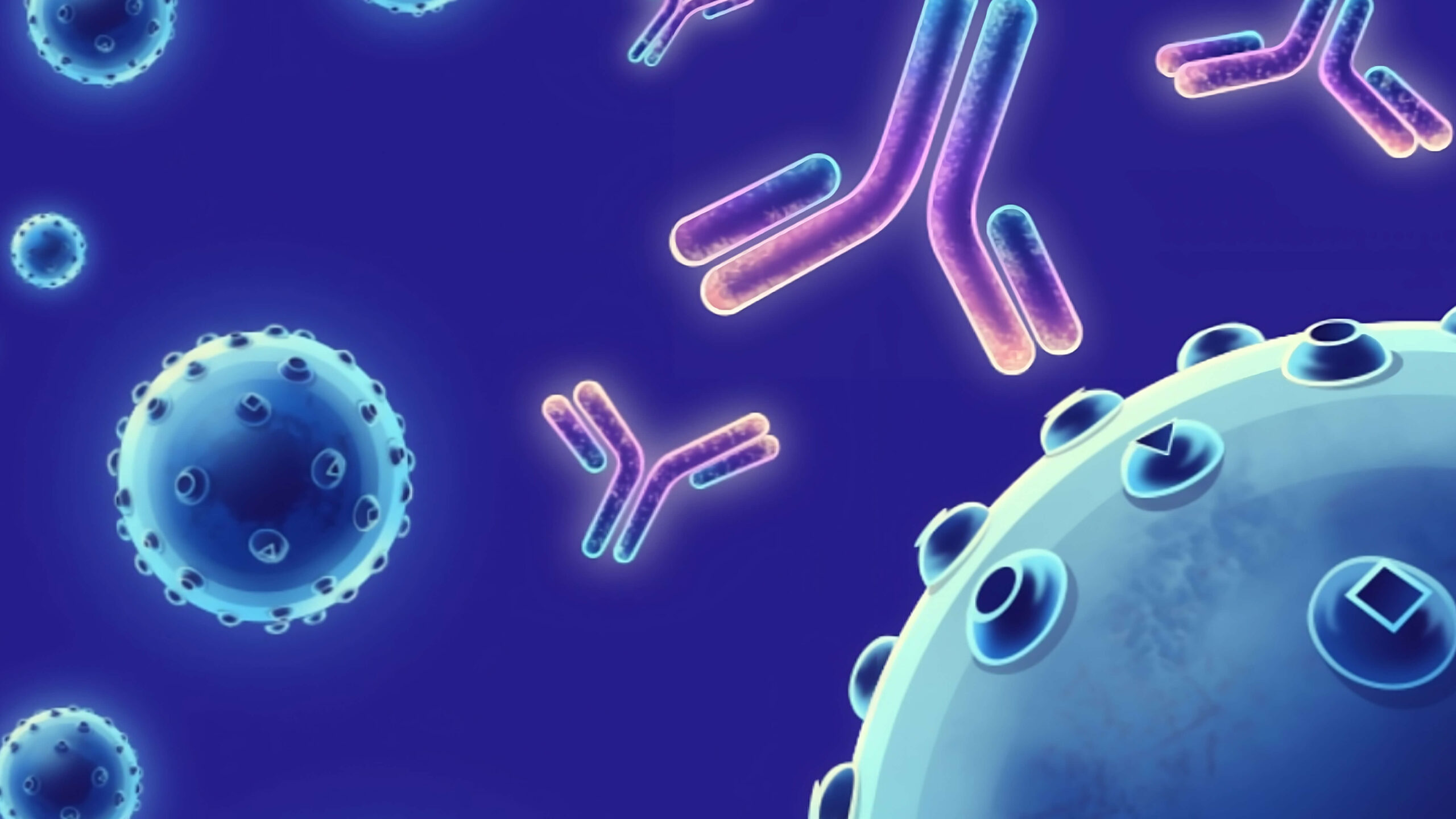Description
The Lutheran (Lu) blood group and basal cell adhesion molecule (BCAM) antigens are both carried by 2 glycoprotein isoforms of the immunoglobulin superfamily representing receptors for the laminin alpha(5) chain. It is a transmembrane receptor with five immunoglobulin-like domains in its extracellular region, and is therefore classified as a member of the immunoglobulin (Ig) gene family. In addition to red blood cells, Lu/BCAM proteins are expressed in endothelial cells of vascular capillaries and in epithelial cells of several tissues. BCAM/LU has a wide tissue distribution with a predominant expression in the basal layer of the epithelium and the endothelium of blood vessel walls. As designated as CD239 recently, BCAM and LU share a significant sequence similarity with the CD146 (MUC18) and CD166, and themselves are adhesion molecules that bind laminin with high affinity. Laminins are found in all basement membranes and are involved in cell differentiation, adhesion, migration, and proliferation. BCAM is upregulated following malignant transformation of some cell types in vivo and in vitro, thus being a candidate molecule involved in tumor progression. In addition, BCAM interacts with integrin in sickle red cells, and thus may potentially play a role in vaso-occlusive episodes.
Target
BCAM
Target Alias Names
AU, CD239, LU, MSK19
Isotype/Mimetic
Rabbit IgG
Animal-Derived Biomaterials Used
No
Sequence Available
No
Original Discovery Method
Phage display technology
Antibody/Binder Origins
Animal-dependent discovery, post-2020, In vitro recombinant expression

